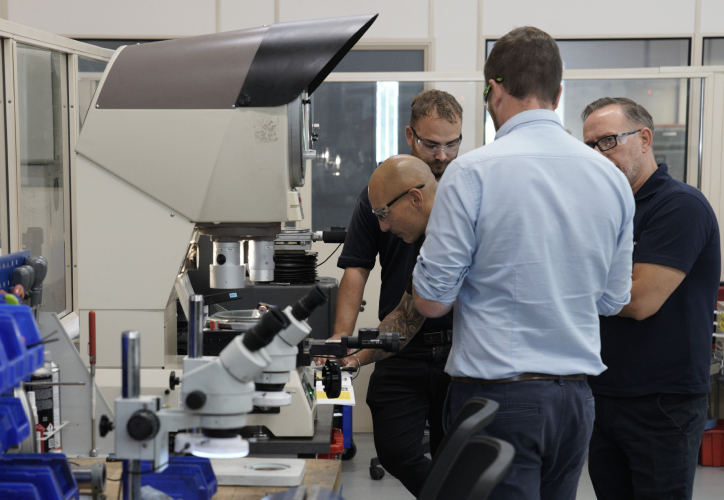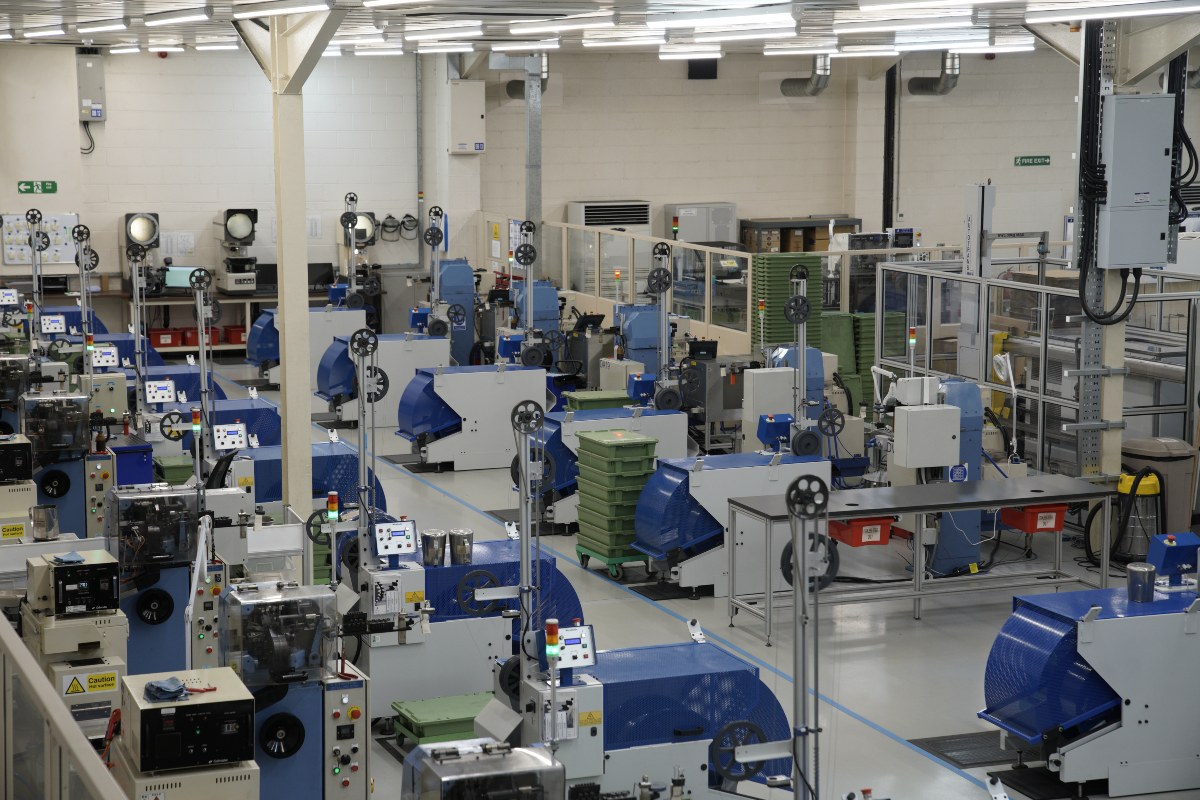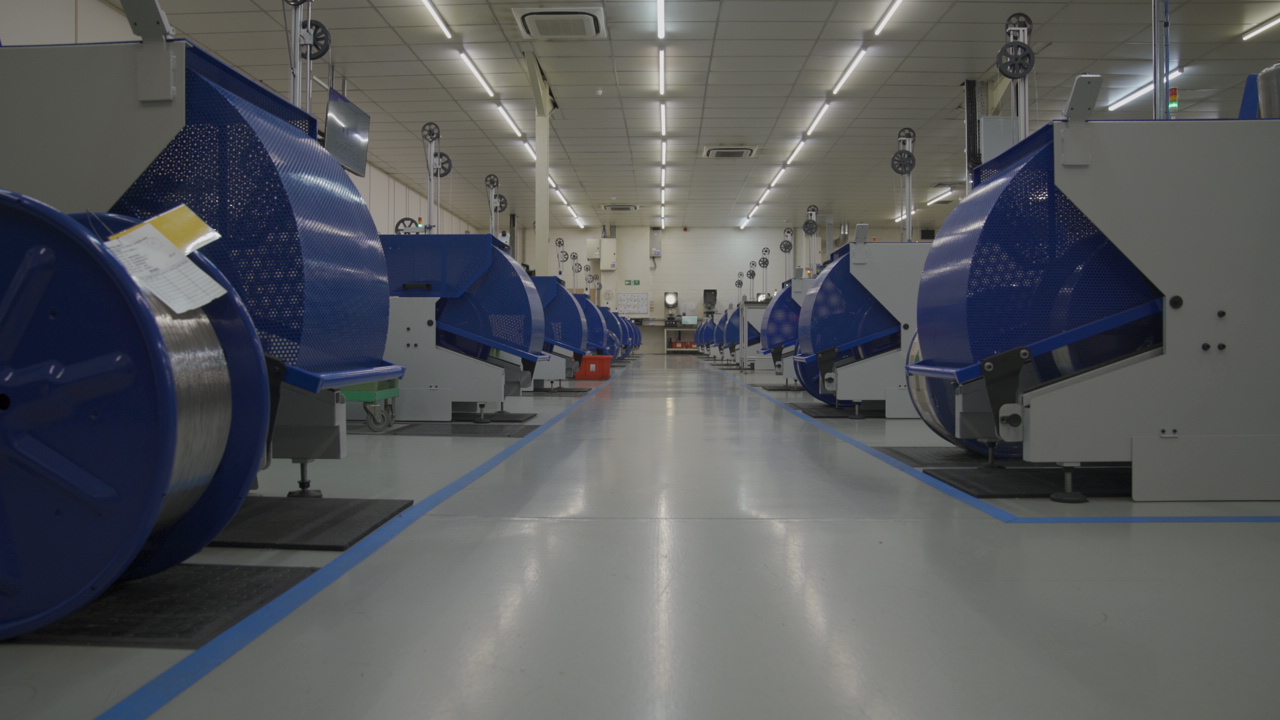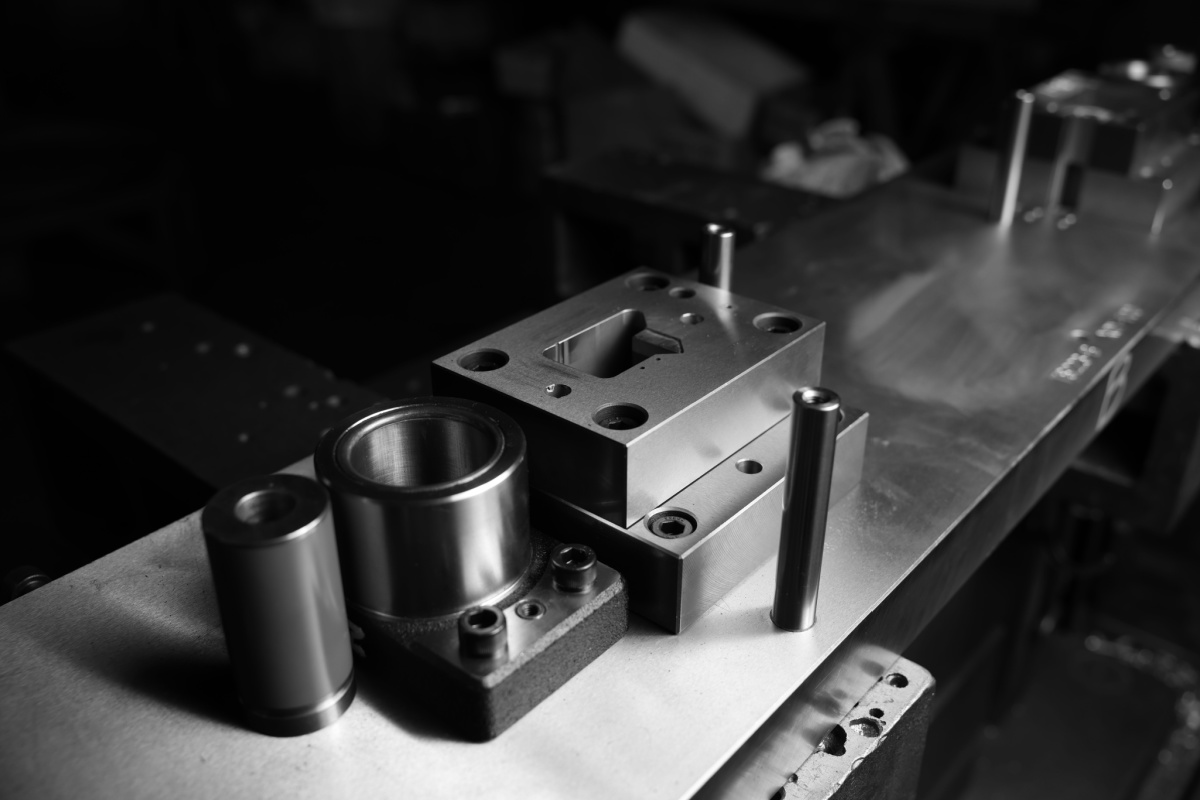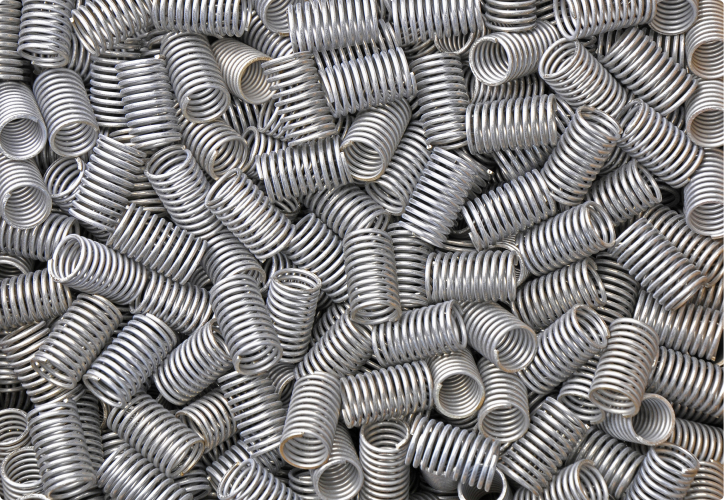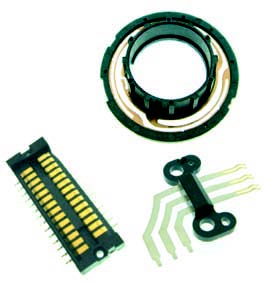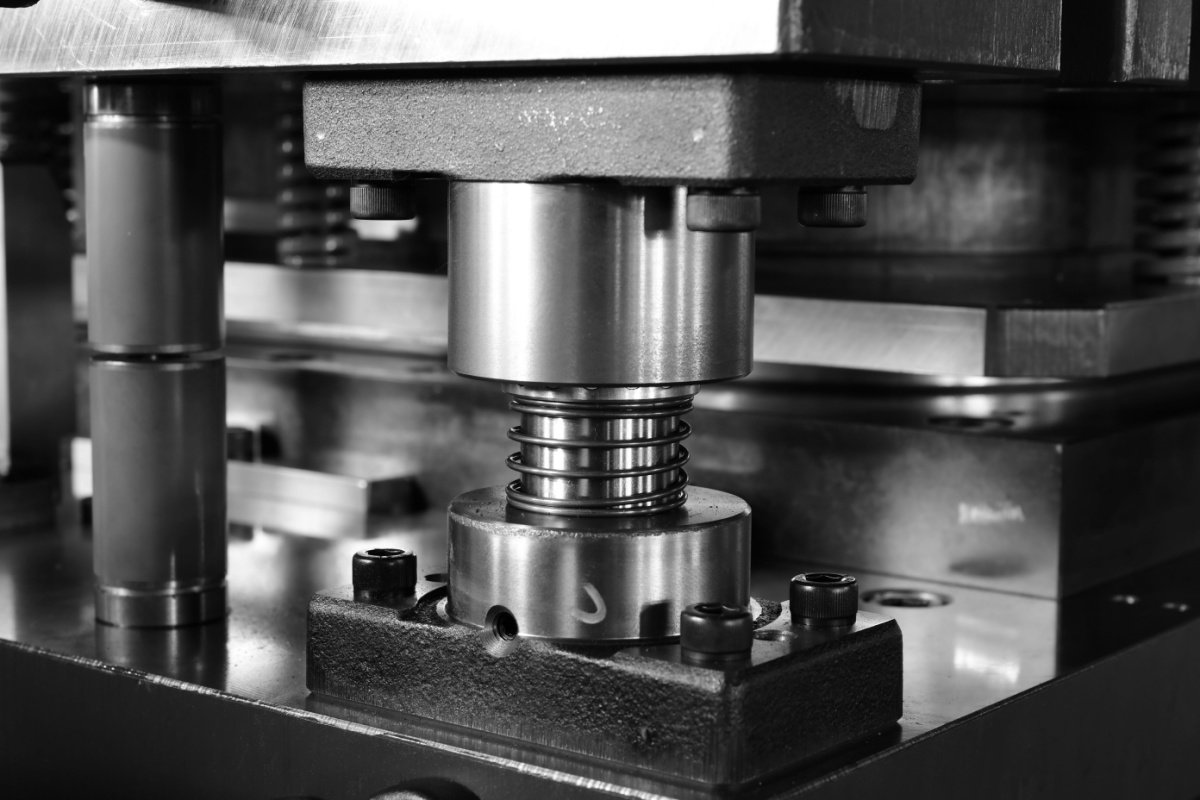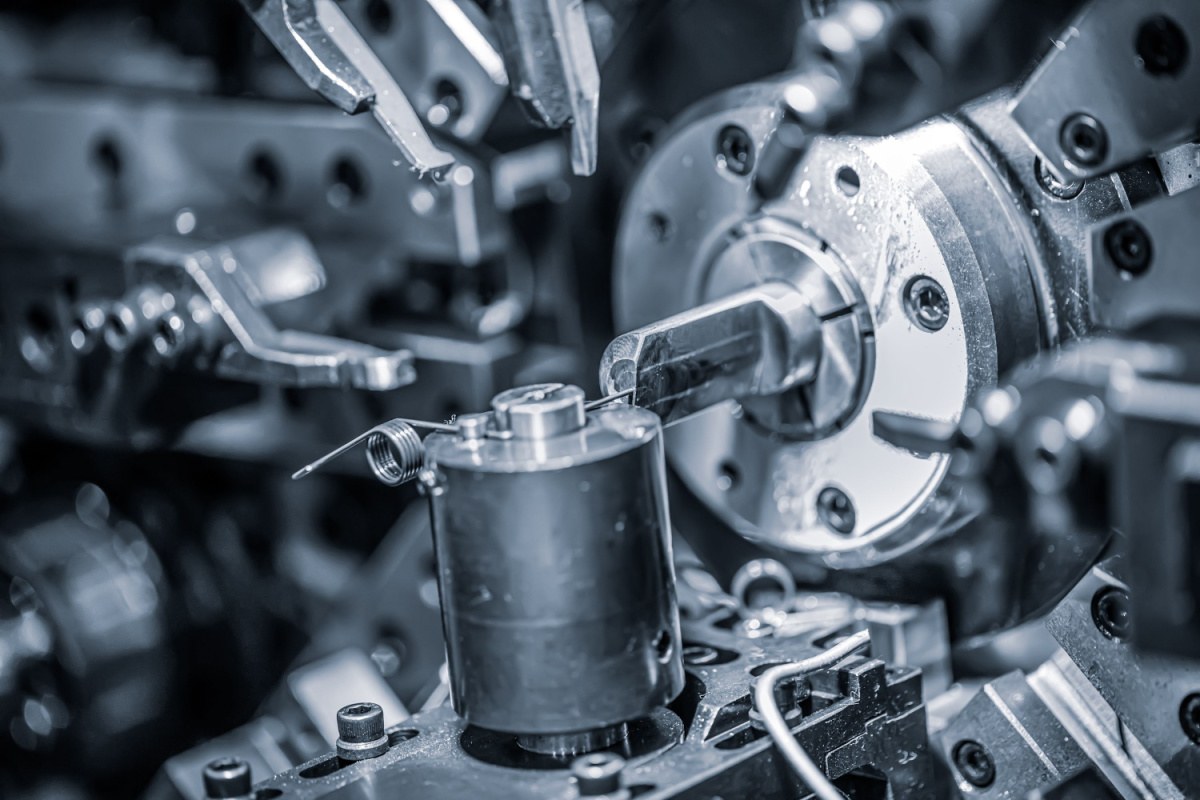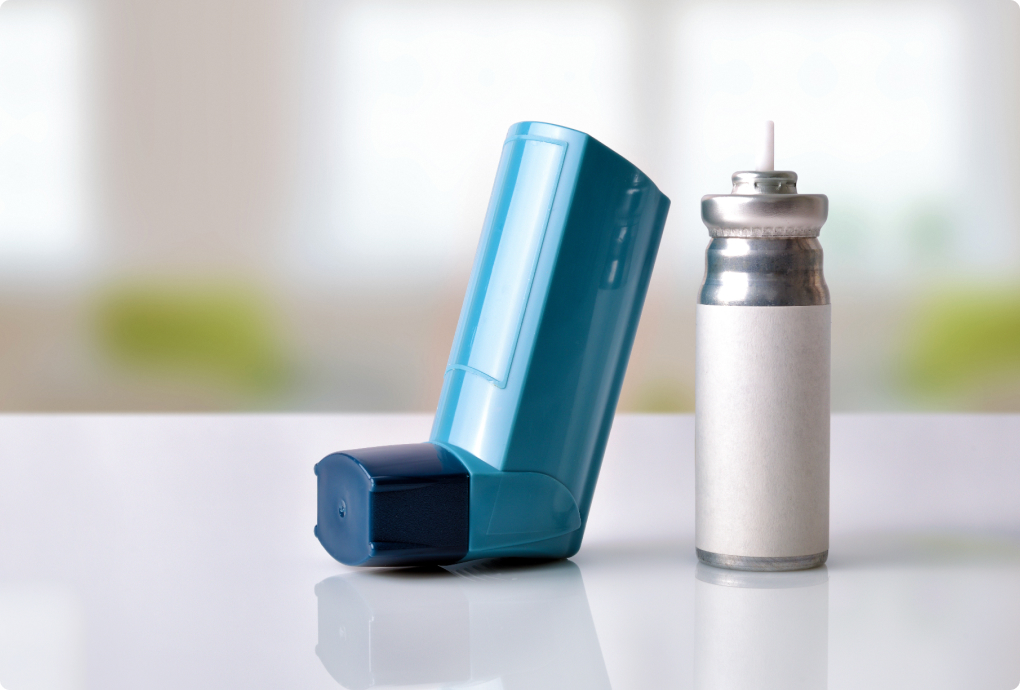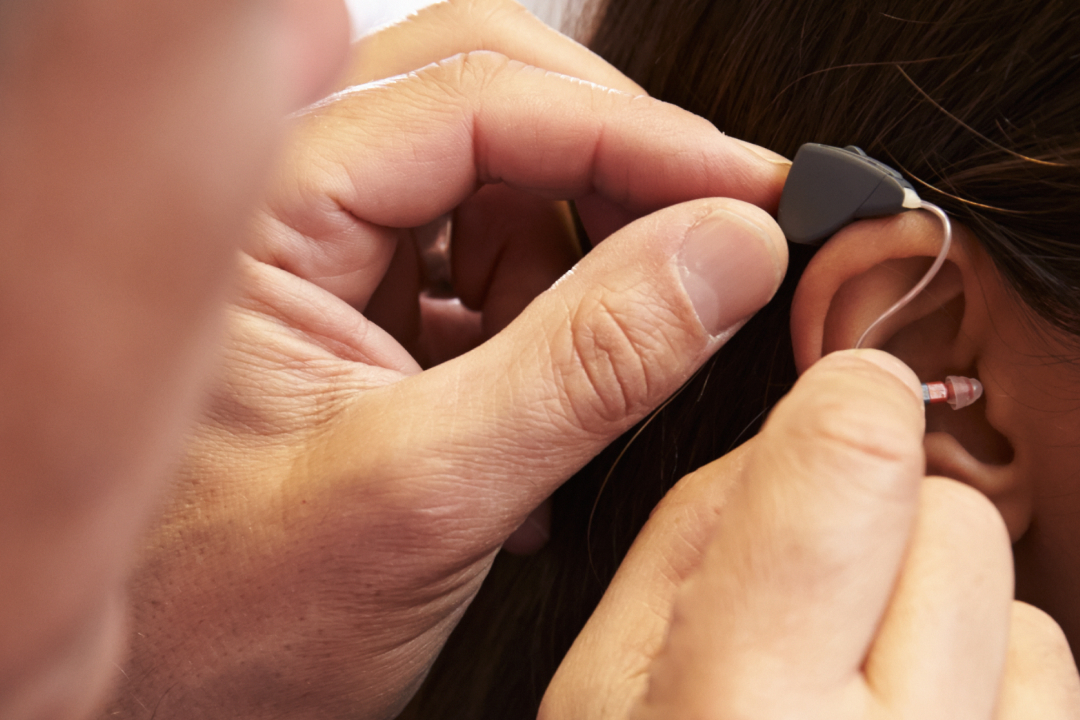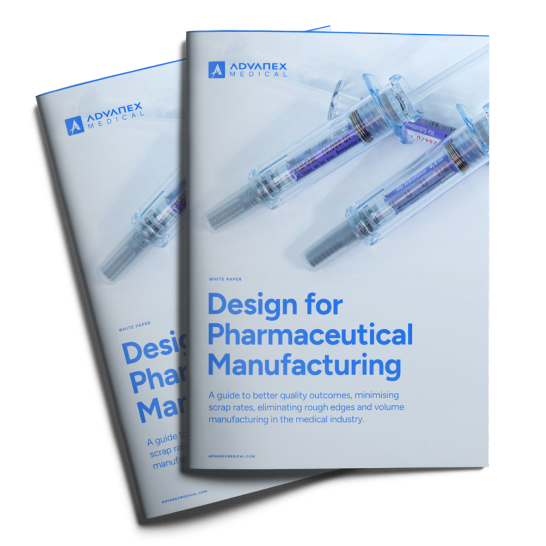With a wide range of materials to choose from, it is crucial to choose the right one for your wire form to maximise performance and quality. Afterall, each medical device has a different set of required features and operational environments, so there is no one-size-fits-all for each and every wire form.
Understanding which material best suits your specific medical device is paramount to passing stringent medical approval, verification and validation stages to ensure your device reaches production. In this article, we will go over the many options and the challenges they are best equipped to handle.
The key materials for medical wire forms
- Stainless steel is the most commonly used material when it comes to medical wire forms. This is because of its good balance of strength, durability and corrosion resistance. 302 stainless steel is most commonly used, but can be substituted with ¾ hard stainless steel to kill bends and springiness in wire forms that serve a static purpose.
- Phosphor bronze is a wire form material that is used for its exceptional corrosion resistance. At the same time, it exhibits good structural strength to enable fairly tight bends for more complex wire form shapes.
- Nitronic is a nitrogen-strengthened stainless steel that is an upgrade in terms of structural strength and corrosion resistance when compared to traditionally used stainless steel wire forms. Nitronic exhibits a high stress limit whilst maintaining ductility for complex wire forms.
Optimal medical application for each material
Device shelf lifespan
Corrosion is a prominent challenge when it comes to meeting the minimum shelf life requirements of medical trials. Whether you’re creating a single-use device or a repeat use inhaler, they can often face the elements for extended periods and are still expected to function as intended when the moment arrives. Phosphor bronze wire forms suit devices that face this particular challenge thanks to its resistance to corrosion as well as decent structural strength.
Manufacturing repeatability
Unlike springs and stamped medical components, complex wire forms can run into issues when it comes to typically standard manufacturing methods. Certain wash processes can easily cause deformation, and pretty much anything that involves post processing can potentially damage wire forms with tight tolerances. In cases where this is a prominent challenge, nitronic or 304 stainless steel can be used to minimise this risk and avoid unnecessarily high scrap rates.
Complex medical devices
Complex wire forms face the prominent challenge of structural integrity. Many of these parts have tight bends on multiple axes; if the internal bend radius is too tight, the stress limit of the material can be breached and risk plastic deformation. For medical devices that require these rather complex shapes, nitronic may be suitable due to its high stress limit and ductility.
Partner with experts to find the perfect material for your medical wire form
Stainless steel, phosphor bronze and nitronic are just three examples of the many material choices available for medical wire forms. Each device has different needs in different environments with different constraints; and there's a material out there to suit each one of these variables. We provided you with the basics, but to get a real understanding of the perfect material for your medical wire forms, you need a partner in medical manufacturing.
At Advanex Medical, we’re experts in the assembly, manufacturability and repeatability of wire forms. Our parts are manufactured using dedicated, medical-grade machines that shape wire to the closest tolerances of any mass manufacturer. And our in-house experts can support you in producing designs and choosing a material to arrive at the performance characteristics you need for your device.
Our expertise in creating bespoke wire form solutions for a variety of medical devices positions us as leaders in the field. To find out how we can provide this same service for you and your medical device, get in touch with one of our experts.
